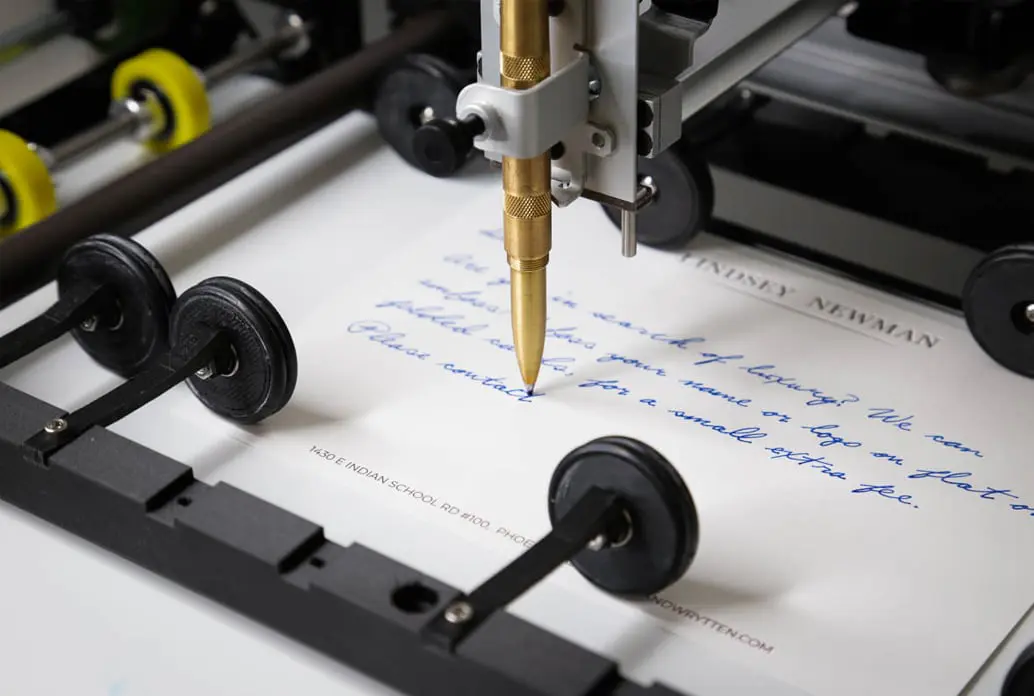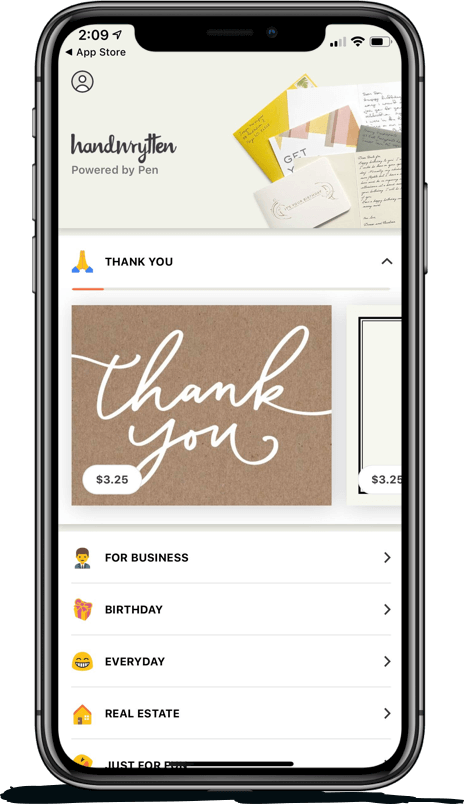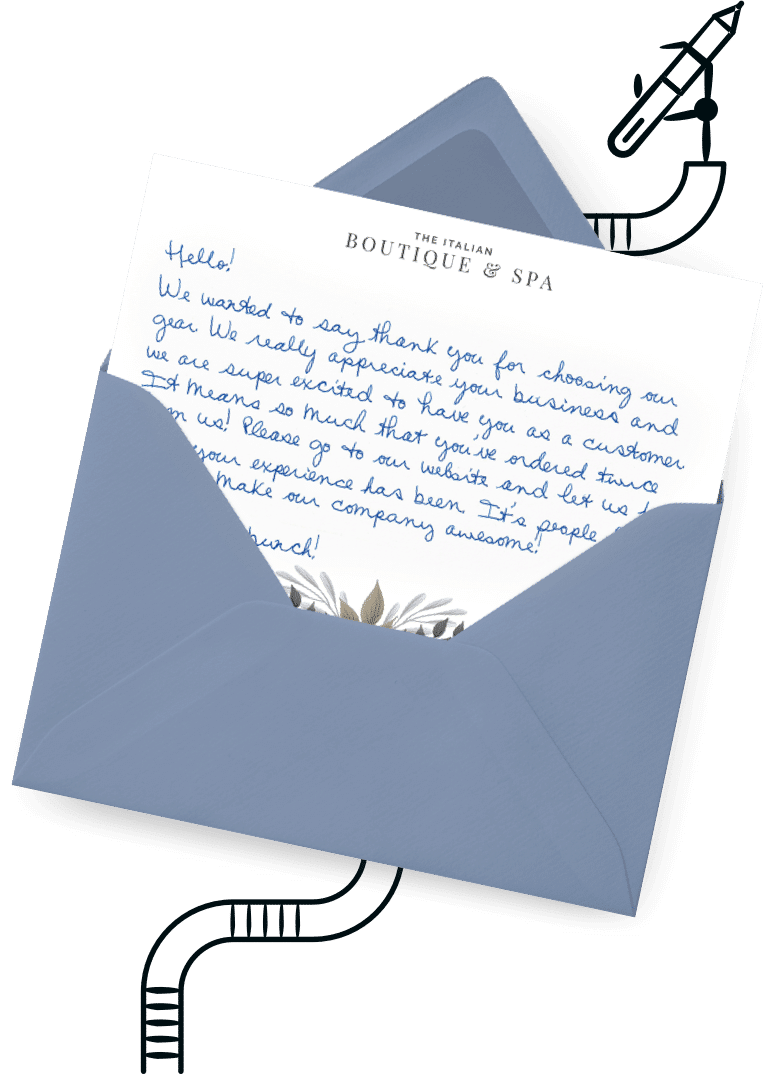
9280 S. Kyrene Rd.
Suite 134
Tempe, AZ 85284
Phone: +1 (888) 284-5197
Email: contact@handwrytten.com



You have been subscribed. Thank you!
Did you know that approximately 5 to 15% of Americans have dyslexia? What’s more worrying is that about 700 million globally, both adults and children included, are at risk of social struggles and illiteracy due to dyslexia. Dyslexia has no cure, but technology has been at the forefront in supporting those with the condition. Assistive technology can support people with dyslexia and enable them to achieve very many great things in life.
In our article, we delve into how technology can support individuals with dyslexia. We’ll look at some handy devices that working dyslexic adults and students use to make their day-to-day activities more accessible, thrive, integrate, and achieve success at school, work, and home.
Dyslexia is a disorder that affects a person’s reading, spelling, and writing. The condition affects the brain and, specifically, its language processing centers. As a result, a person has difficulties identifying speech sounds and their connection to words and letters.
Additionally, dyslexia can affect an individual’s working memory, orientation, time management, sequencing, and many more areas. It’s important to note that dyslexia is not a reflection of a person’s level of intelligence. In fact, you’ll be surprised how many successful people in society have achieved incredible things despite struggling with dyslexia.
Currently, people with dyslexia are leading easier and regular lives, thanks to developments in technology.
A few years ago, it was highly challenging for dyslexic people to find regular jobs. However, with the support of technology, special education programs, and special teaching, people with dyslexia can join college, graduate, and get employed.
Just look around, and you’ll see them breaking down barriers, overcoming challenges, and achieving great success in life.
For people with dyslexia to do well in school and at the workplace, they need assistive technology. This includes devices and tools designed to help people with learning difficulties do better. These tools also motivate them to achieve more self-reliance and independence, making their lives fuller.
Assistive technology supports dyslexic individuals in accomplishing daily tasks such as:
Let’s now consider these devices and tools that comprise assistive technology for dyslexic people and others with other types of learning disabilities.
Today, dyslexic people have a much-improved reading experience, thanks to technological advancements that have led to the invention of electronic readers, commonly known as e-readers. These tools are available in different styles and come in handy in helping people with this disorder be more focused while reading.
Dedicated e-readers have no games, ads, notifications, or other distractors to reading, making them the perfect tool for keeping readers focused.
Some e-readers also have a text-to-speech feature. With this inclusion, people with reading difficulties can listen to the actual text without necessarily reading it. This comes as a relief, especially to dyslexic people with severe reading problems.
Text-to-speech software can read web pages, office documents, emails, and PDs in normal-sounding voices. In addition, they allow dyslexic individuals to proofread their work at school and the workplace to check for spelling or grammatical errors.
Audiobooks are another technological invention that’s very helpful to people with dyslexia. Dyslexic students engaging in assigned studies or reading from a textbook can take much longer to complete a task, and more so if they struggle with reading.
Fortunately, we’re in the 21st Century, where just about every book is available in audio form. Therefore, instead of reading the text literally, you can listen to the information, which is easy to interpret.
And guess what? Even in online shopping websites, such as Amazon, you’ll find the books on sale are available in audio.
Often, people with dyslexia suffer writing and listening difficulties. Fortunately, technology comes to their aid with the invention of smartpens. Smartpens not only assist people with writing and listening issues. They also support those with reading and memory disabilities.
How does the pen work?
A smartpen comes with a special kind of paper that assists this device in translating a person’s handwriting into a digital format stored in pen.
Additionally, you can use a smartpen to make audio recordings of what your tutor at school or supervisor at work is saying. This is very beneficial to people who have difficulty concentrating and following when someone else is talking. Now they can replay and listen at their own pace later.
For people with dyslexia, this technology can assist them in organizing details, replaying recorded audio, and sharing information in a digital form. That way, the data is accessible when needed.
For people with writing issues, sometimes sending a simple thank you card or a handwritten message can turn into a burden.
This is where handwriting apps and websites come in handy. In a way opposite to the smartpen, these services allow users to submit a typed text, which is much easier to correct and proofread, and then receive or send that same text in handwriting.
These systems are designed to help people who struggle with listening or find it hard to stay focused, a problem common to dyslexic people.
The device works by transmitting the speaker’s voice directly into the ears of the listener. The transmission is usually wireless.
The dyslexic person wears the speaker to tap in the speaker’s voice. Also, they wear the receiver(earphones) to listen to what the person talking is saying during a conversation.
That these devices can minimize the surrounding noise during the person’s interaction is an added advantage, increasing their focus to a great extent.
Speech recognition software helps convert spoken words into digital text on a computer.
Additionally, one can use the software to navigate through their computer, thus send emails, create and edit documents, and surf the web. You can do all this using your voice. And surprisingly, some speech recognition software is even up to two or three times faster than typing.
Individuals with dyslexia who struggle with math can find an electronic math worksheet to be of great assistance. With this technology, one can organize numbers, align them, and do calculations, ultimately solving mathematical problems.
For people with severe reading problems, the device has taken care of them. It features a speech synthesizer, a tool that one can use to read numbers appearing on the computer monitor.
Some dyslexic people experience difficulties keeping up with contact details, appointments, or task lists, and that’s where personal information and data managers come in handy. These devices support the person in planning, scheduling, organizing, and retrieving calendar events.
To get data managers, download and install them as apps on your smartphone, laptop, or other devices.
Often, people with dyslexia have trouble with spelling words, punctuation, grammar, sentence construction, and word usage. And to help such people, technological advancements have led to the development of software programs that specifically assist them in identifying and correcting such errors.
For further assistance to dyslexic individuals, modern browsers come with spell checkers, dictionaries, and other features connected with language. Some browser extensions are even designed to aid with spelling and grammar issues specifically.
Indeed, technology is supportive in easing language-related problems for people with dyslexia.
For dyslexic learners, colors and fonts can make a huge difference. Nevertheless, graphics and visuals pose a more significant challenge in manipulating their appearance. That’s where optical character recognition technology (OCR)comes in handy.
The technology is not only helpful in on-screen graphics. One can also use it to take pictures of different items and read them out to students with dyslexia. For example, using this technology, one can read worksheets with many artistic compositions to grade students.
Optical character recognition technology is also applicable outside of school. For instance, a tutor can read a sign that a dyslexic learner sees during a field trip using this software. In addition, it helps scan pictures and documents too.
OCR technology works just like most text-to-speech technologies do. That means one uses automated voices when reading.
Disorders such as dyslexia come with their hurdles, but this doesn’t mean that a person with the condition is incapable of learning or working. All they require is a different approach and technology can help.
What we have outlined above are only a few ways in which technology is supporting those with dyslexia. In fact, with such technologies, the lives of dyslexic individuals are getting better day by day, and it’s crystal clear to society how productive they can be. What’s even better is that more modern assisting technologies are emerging, which will eradicate more barriers that bar dyslexic people from realizing their full potential.


Scale your handwritten outreach, creating positive impressions and long lasting bond.
Sign Up Today!


Over 100 designs to choose from or design your own. Our online card customizer makes it simple.
Check Out Our Cards!





